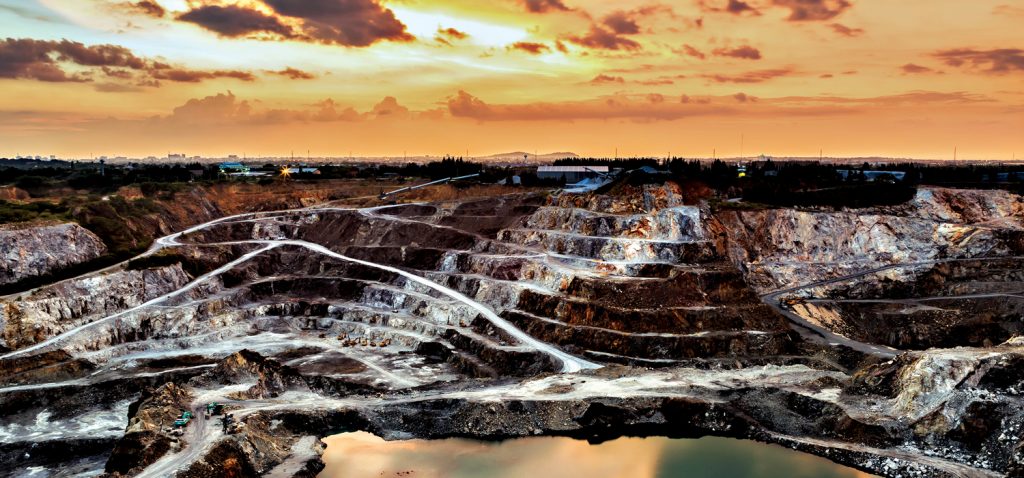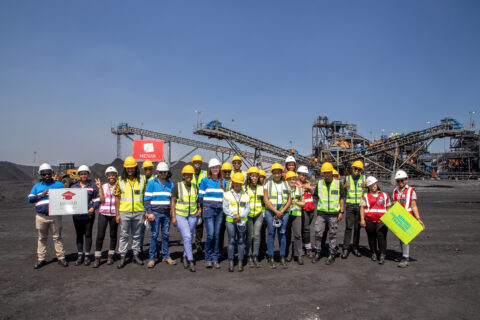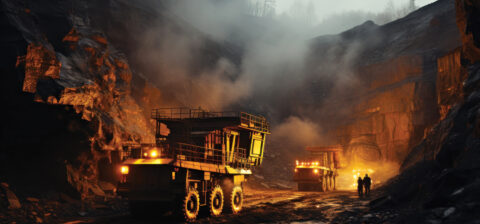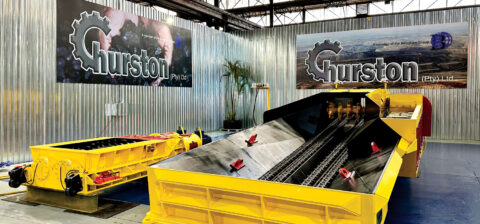SA Mining
Can Industry Really Get Mining To Above 10% Of GDP?
By: Nelendhre Moodley
The GDP currently sits in the region of around 7% – to above 10%.
Speaking at the recently held Joburg Indaba, Minerals Council South Africa CEO Roger Baxter said that following recent engagements with government and the mining sector, there was an emerging view that together industry could “get mining to above 10% of GDP and get South Africa’s share of global exploration expenditure up from the current 1% to a 3-5% level within three to five years”.
Baxter, who is part of the president’s seven-person task team negotiating a workable framework to revive South Africa’s economy, said the country was “at a real crossroads, or real inflection point”, and that tough decisions needed to be made immediately to revive the economy.
He added that following the impact of the COVID-19 pandemic, the global economy was expected to experience a decline in global GDP this year and somewhat of a recovery by 2021. The impact on South Africa was profound given that the country was already experiencing a technical recession before COVID-19 hit.
“Based on the work done by Business Unity South Africa, South Africa is expected to experience a 9% decline in GDP, a 50% fiscal deficit and three million job losses. We have already lost 2.2 million formal sector jobs.”
He added that the hard lockdown resulted in a massive decline in production, with slight improvements in mining production in August and September. The saviour for the sector has been the dollar-based commodities prices for most commodities with the exception of diamonds.
“Over the past two months we have been engaging extensively with government and Minister Gwede Mantashe on how to revive the mining sector. There’s now emerged a shared view that we can get mining to above 10% of GDP.”
In order to achieve this, the industry needs to tackle issues that are choking development, namely:
- Addressing the need for an economic and social leadership compact which includes communities. All stakeholders need to have a shared vision of inclusive growth and prosperity.
- Unlocking greenfields exploration investment. Currently there are a limited number of new projects in the pipeline.
- Constraints related to electricity supply coupled with a rapid and steep rise in prices.
- Logistical bottlenecks: over the past decade there has been no additional capacity brought on-stream, with marginal improvements related to coal and iron ore capacity and some growth on chrome and manganese export.
- Regulatory and policy uncertainty has negatively impacted on investment in the sector.
- Declining levels of competitiveness owing to lack of modernisation which has resulted in “too many companies sitting at the top of the cost curve”.
- Licence-to-operate issues have led to tensions both in communities and organised labour.
- Crime and illegal mining continue to negatively affect the mining sector as a whole.
According to Baxter, there has been much progress in tackling the key issues, which includes working closely with Transnet to unlock logistical bottlenecks and crime-related issues affecting some of Transnet’s rail facilities. There are also talks under way with government on unlocking certain areas of policy certainty that need greater clarification as well as fast-tracking the pace of modernisation in the mining sector. The council is working with the Mandela Mining Precinct to modernise the sector.
“A lot of work is being done in terms of the licence to operate, especially on how we collaborate on the social labour plan and how we drive the agenda. With regard to crime and illegal mining we have been calling for a specialised task force and for police officers to deal with mining crime.”
With exploration a key consideration, Baxter noted the need to develop a greenfields exploration strategy, given that South Africa still had enormous geological potential. South Africa’s high-level geophysical mapping was last done in the 1970s.






 Sign-up and receive the Business Media MAGS newsletter OR SA Mining newsletter straight to your inbox.
Sign-up and receive the Business Media MAGS newsletter OR SA Mining newsletter straight to your inbox.